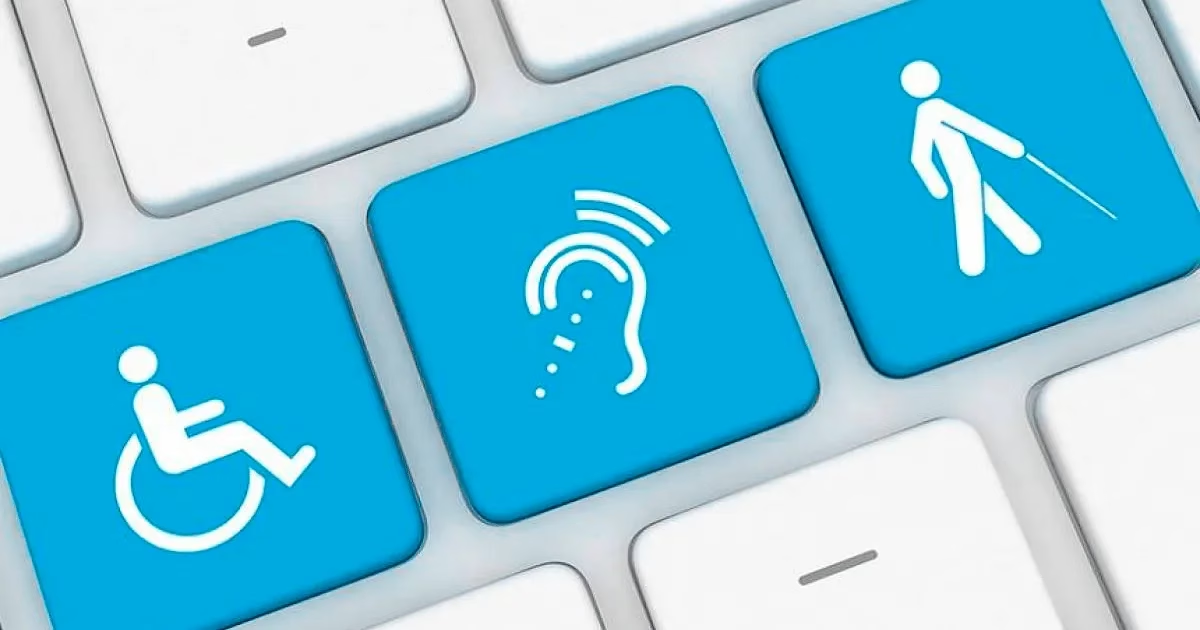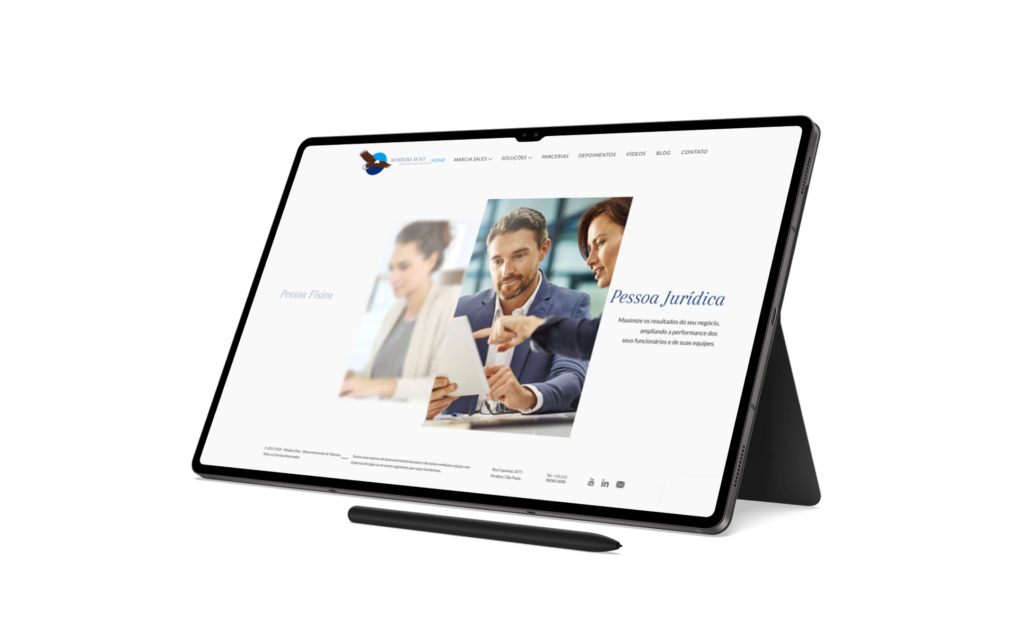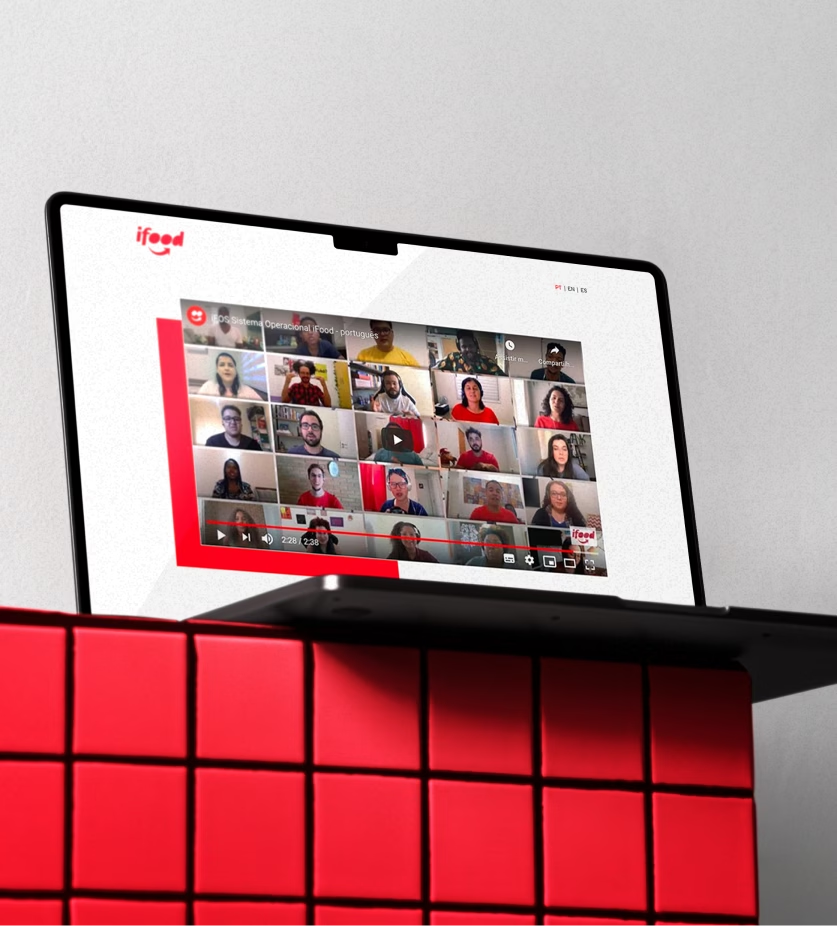
Websites
Websites


First impressions are lasting impressions — and in the digital world, they happen in milliseconds. visual design It is much more than “making it pretty”: it is a strategic differential that directly impacts user perception, product usability and conversion results.
For companies that develop platforms, apps, systems and landing pages, understanding how visual design influences the digital experience is essential to stand out in the market and deliver products that really work.
Visual design is the set of graphic elements that make up the interface of a digital product. It includes typography, color palette, spacing, information hierarchy, iconography, illustrations, images and layout.
But it doesn't stop there: it's about how all of this is organized in a cohesive way to communicate the brand, facilitate navigation and guide the user to the desired action.
Why is visual design a strategic differentiator?

Yes, but they are complementary. While UX (User Experience) is concerned with the entire user experience, and UI (User Interface) with the components that the user interacts with, visual design is the graphic layer that connects both, making the interface attractive and functional.
In practice, this is what translates the wireframe into something real, intuitive and aligned with the brand's positioning.
It ensures consistency, scalability and agility in product evolution.
Guide the user's eye with size, contrast, and spacing.
Simplicity and white space help with information absorption.
The opinion of those who will use the product is worth more than any guesswork.
Visual design is more than just aesthetics: it’s a strategy. It influences how your brand is perceived, how users interact with your product, and how much it converts. In such a competitive market, investing in visual design is not a luxury; it’s a competitive advantage.
Do you want to transform your digital product with a design that really makes a difference? Talk to follow55 and discover how we can enhance your brand with technology and creativity.

Websites

Websites


Apps
Websites
